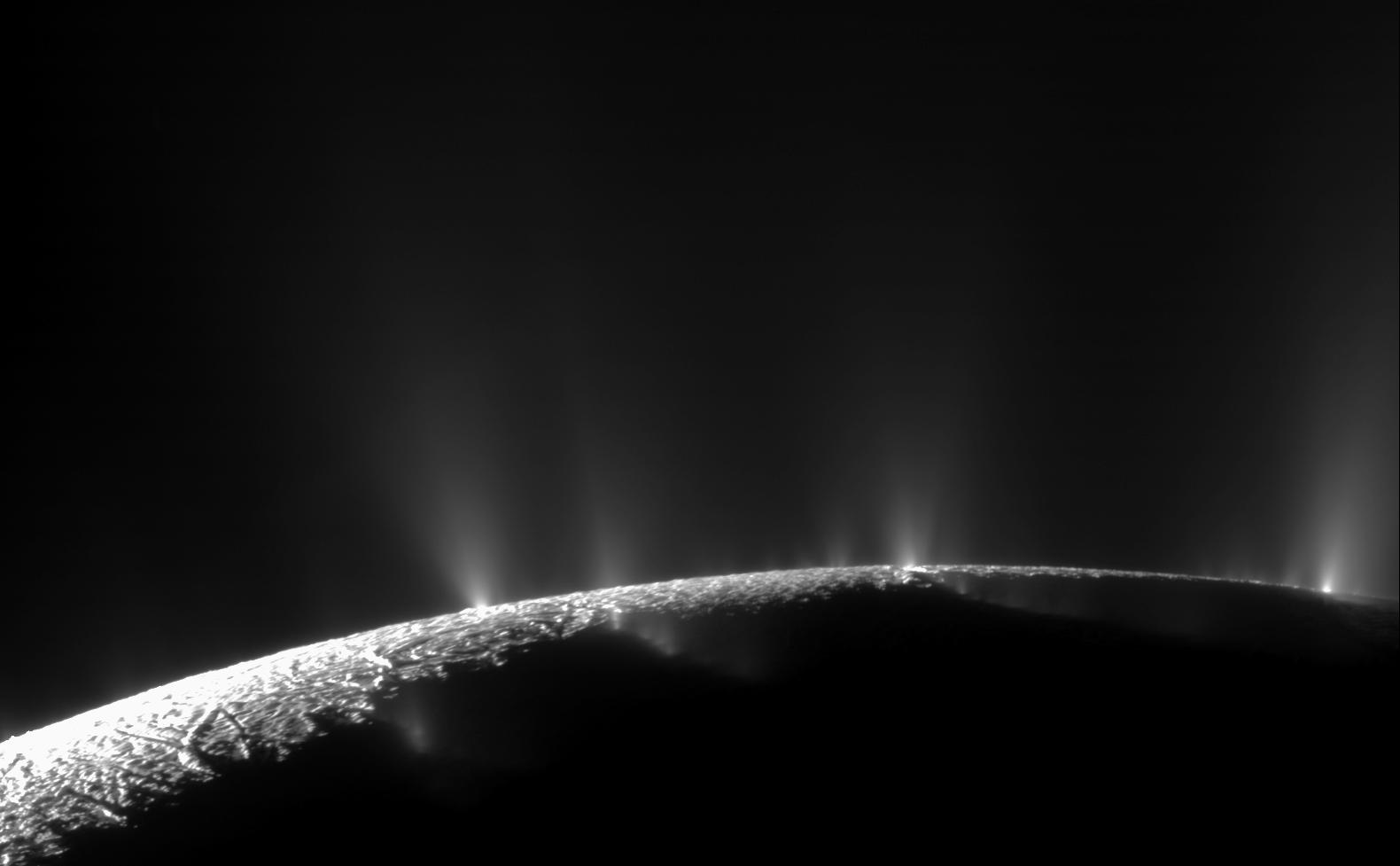3 min read
The most recent spacecraft tracking and telemetry data were collected on Sept. 12 by the Deep Space Network's 70 meter Station 14 at Goldstone, California. Except for the Cassini Plasma Spectrometer, which is off, and the failed Ultrastable Oscillator, the Cassini spacecraft is in an excellent state of health with all its subsystems functioning normally. Information on the present position of the Cassini spacecraft may be found on the "Present Position" page at: http://saturn.jpl.nasa.gov/mission/presentposition/.
The Cassini Program was informed this week that, based on the outcome of the Senior Review process conducted during the first part of this year, its extended mission has been approved for funding at the 100 percent level for FYs '13 and '14. It is expected that another Senior Review will be conducted at a later time to determine funding levels beyond that period.
Cassini continued executing commands from the S75 sequence in flight. Sequence Implementation Process teams continued developing S76 and S77, which go active in November and January respectively.
Wednesday, Sept. 5 (DOY 249)
Cassini turned its optical remote-sensing instruments to observe the dark innermost D ring for 5 hours 50 minutes, which is about the orbital period for the outermost D ring particles.
The Attitude and Articulation Control Subsystem (AACS) team performed a Reaction Wheel Assembly (RWA) bias maneuver while off Earth-point. Thrusters stabilized the spacecraft while the RWA speeds were adjusted as required.
Thursday, Sept. 6 (DOY 250)
The Radio Science team executed a High-Gain Antenna boresight calibration by maneuvering the spacecraft in a pattern and recording signal strength variations seen in the Deep Space Network (DSN) receivers after a one-way light-time of 87 minutes.
Friday, Sept. 7 (DOY 251)
The Imaging Science Subsystem (ISS), Composite Infrared Spectrometer (CIRS), and Visible and Infrared Mapping Spectrometer (VIMS) performed another observation in the Titan monitoring campaign from a distance of 2.3 million kilometers. ISS, VIMS, and the Ultraviolet Imaging Spectrograph (UVIS) observed the irregular moon Bestia for 10.5 hours today, 11 hours on Saturday, and 13 hours on Sunday. This object is about 7 kilometers in diameter and orbits over 20 million kilometers from Saturn.
Saturday, Sept. 8 (DOY 252)
ISS performed an observation in the Satellite Orbit Campaign, looking near Saturn where small satellites may be found, seeking to improve knowledge of their orbits or make new discoveries.
Sunday, Sept. 9 (DOY 253)
The DSN tracked Cassini every day this week, capturing science and engineering telemetry, acquiring range and Doppler radiometric data, and sending routine commands from the Cassini Realtime Operations team.
Monday, Sept. 10 (DOY 254)
ISS, CIRS and VIMS performed observations in the Titan monitoring campaign today and Tuesday. The Cosmic Dust Analyzer (CDA) performed a six-hour interstellar dust observation. AACS executed an RWA bias maneuver while on Earth-point and being tracked.
An image featured today shows Saturn's small satellite Pan in the middle of the gap it clears in the outer A ring. Going some 60,700 kilometers per hour relative to Saturn, Pan completes an orbit once every 13 hours 55 minutes. It may be seen here: /resources/15638. It appears as a small dot seen approximately in the center of the image.
Tuesday, Sept.11 (DOY 255)
CDA observed interstellar dust for 11.5 hours as the spacecraft headed toward apoapsis.







